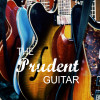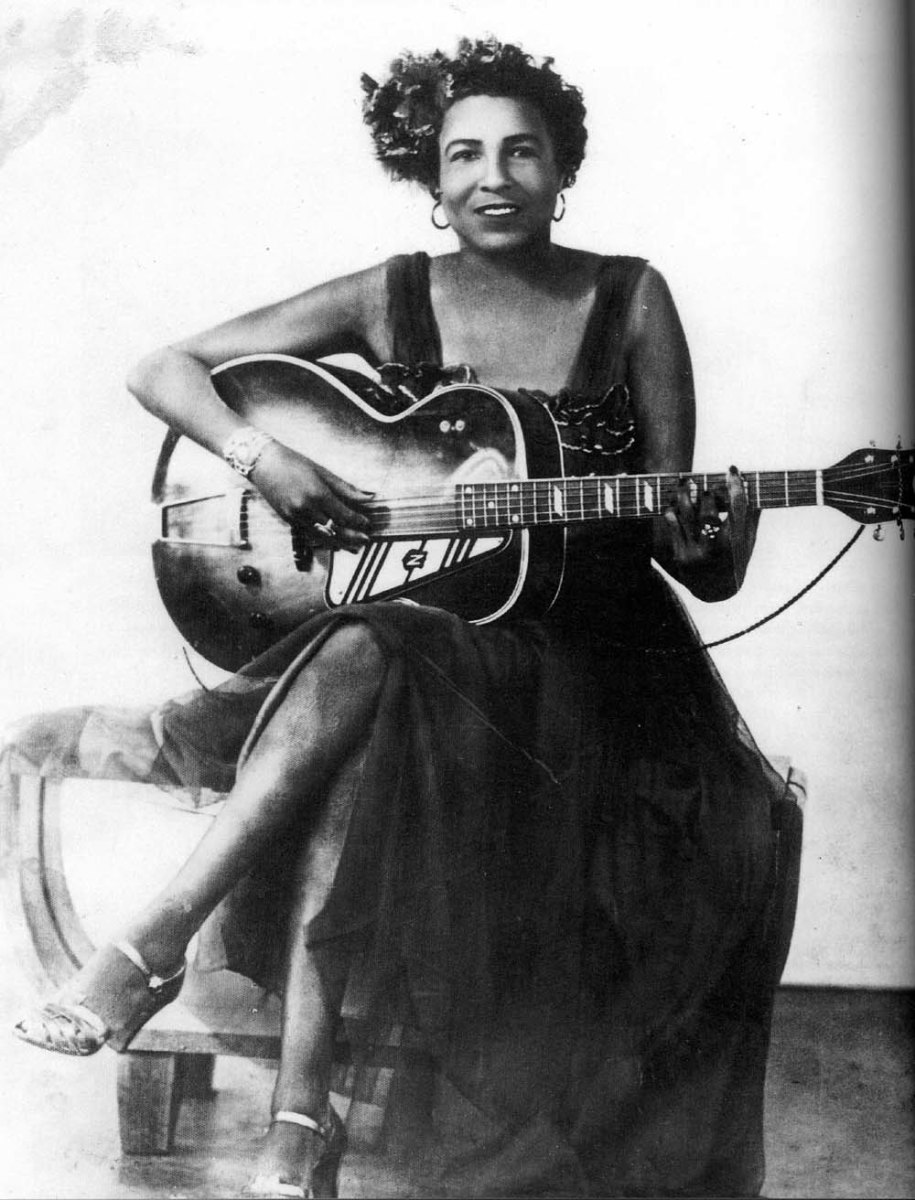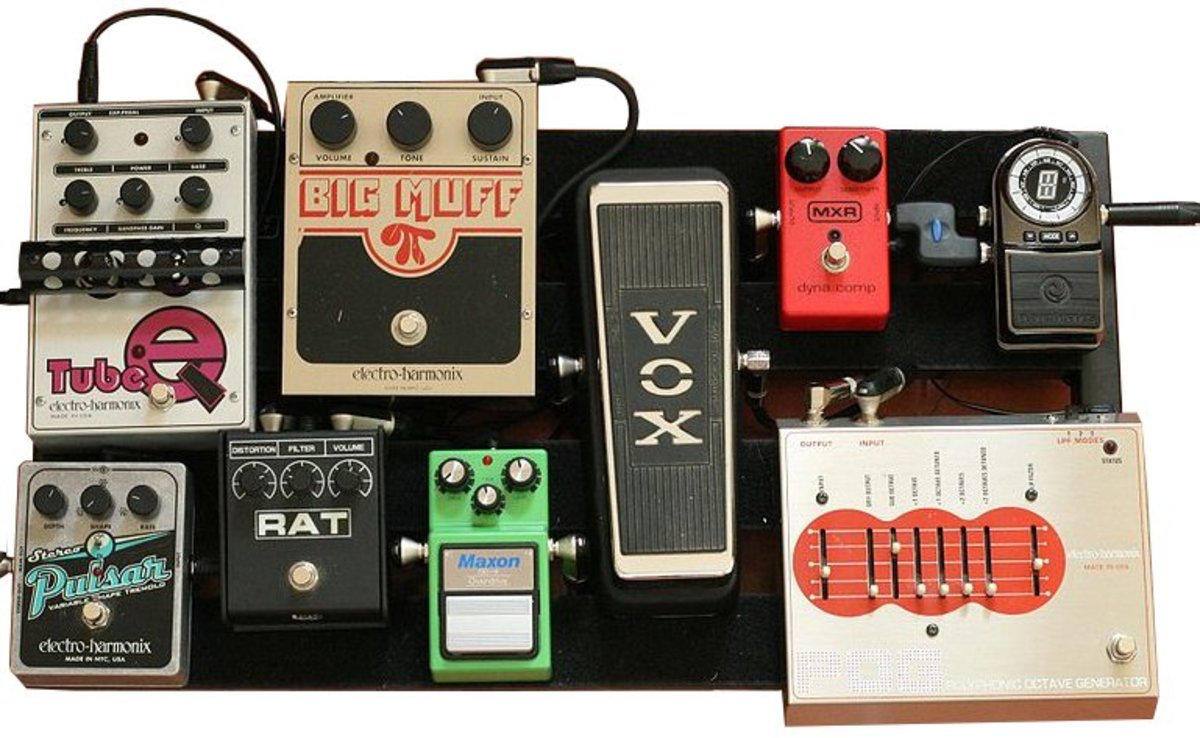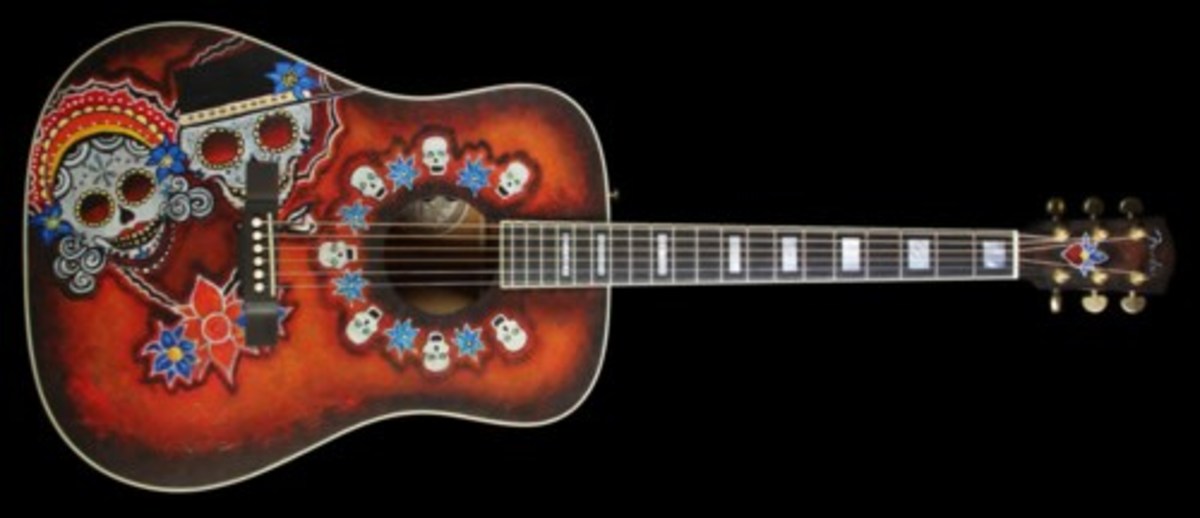How to Sound like the Edge of U2 for under $1,000 - Part II
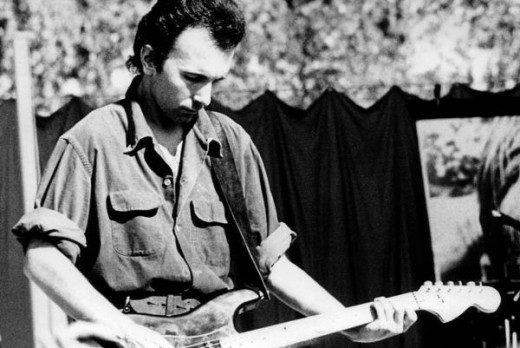
How to Use This Article
If you have not read the first Hub in this ongoing series, called "How to Sound Like the Edge of U2 for Under $1,000," it may be helpful to start there. This depends, of course, on your intentions. As I see it, there are two types of guitar players reading this installment:
- The first guitarist is a devoted U2 fan who intends to create a rig that allows him to construct a reasonably accurate recreation of the Edge's characteristic tones without spending a lot of money. These players should go back and read the original article, which is intended to help you build a "foundational rig" using gear and sounds similar to those that the Edge employed between 1979 and 1983. This sound has fundamentally remained the same throughout the Edge's career; he's simply added new techniques and tones to it over the years.
- The second reader is a guitarist who is more interested in creating their own sonic identity, although they would perhaps like to incorporate something reminiscent of the Edge's approach. For this kind of player, who likely has their own "foundational rig" worked out, it's probably going to be more helpful to skim this article for information on gear in hopes of finding one or two inspiring ideas that you can assimilate; the first article probably, therefore, won't be of much help to you.
Either way, this article is written specific to the needs of the first type of player, but if you're reading this and you fall into the second category, you may yet find something useful here. One additional clarification that should be offered here is that this article assumes the reader has either already spent $1,000 (or less) building a basic rig per the previous Hub, and offers guidance on the next $1,000 you might wish to spend to continue tracing the Edge's sonic development.
To that end, we'll be focusing on what I see as the Edge's second major phase in his development as a guitar player, which (arguably) took place between 1984 and 1988.
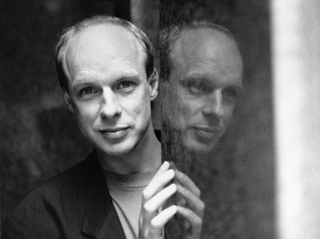
The Right Approach
Before delving into the gear, let's talk about Edge's philosophy. It's important to get a brief understanding of the man's techniques and general attitude toward guitar playing if we're going to make effective use of the equipment.
Prior to 1984, U2 were the little rock band that could. They drew heavily from late 1970s post-punk and art rock to create their distinctive sound, but it was fundamentally a rock-based approach without a lot of nuance. Inspired by New Wave groups like Talking Heads, the Irish quartet took a bold leap away from what was assumed to be their inevitable mainstream success by hiring producer Brian Eno.
Eno agreed to take the band down a more experimental path, and subsequently their music began to adopt characteristics of the work pioneered by their new guide. Abstraction and ambiance were in; distortion and shambolic performances were out. To that end, Edge's guitar sound began to simultaneously soften and yet become even more distinct. He began to use studio techniques and electronic effects units to blend and blur his mainly Fender Stratocaster-generated tones to the point where they were often indistinguishable from synthesizers.
The result was The Unforgettable Fire, a non-commercial album which ironically spawned the band's first Number One hit, "Pride (In the Name of Love)." On this record, Edge began to play less like a standard rock guitarist, and more like an artist splashing on colors, where form wasn't as important as tone.
By the time work began on The Joshua Tree in 1986, however, things had come back down to earth a little bit and U2 was now interested in marrying the sonic exploration of their previous album with more structured, disciplined songcraft. The band, once more employing Brian Eno's services as a producer, attempted to weld together abstraction and discipline.
Once more, the Edge's guitar playing contributed greatly to the success of the project overall. He was able to blend The Unforgettable Fire's cinematic soundscapes with a return to more specific riffs and chord progressions. This approach would define U2's sound for the rest of the 1980s.
If there's a takeaway here, it's this: Edge (with the help of Brian Eno and engineer/co-producer Daniel Lanois) leapt fearlessly from an already-distinctive style into even more experimental sounds and techniques. If we want to capture some of the spirit of the Edge's playing between 1984 and 1988, we need to be unafraid to abandon tradition--but we also know when it's more reasonable to stop, look back at that same tradition, and draw something worthwhile from it.
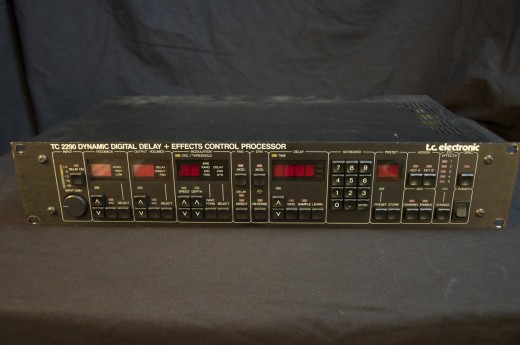
Let's Talk About Tech
Alright, it's time to jump into the gear! As with the original Hub in this series, we're mainly discussing inexpensive alternatives to the original gear utilized by the Edge in creating some of his most distinctive sounds.
In this phase, the Edge's main instrument was the black, maple-necked 1970s Fender Stratocaster that he acquired during the October tour, and which was used in about equal measure to his 1976 Gibson Explorer up until 1983's War album and tour. From that point onward, he spent much of the rest of the decade primarily playing Strats.
Additionally, Edge is famous for his long-standing use of a Vox AC-30 amplifier to achieve his distinctive tone, which ranges from crisp and chiming to ambient and abstract to overdriven and heavily distorted. In the first installment of this series, we looked at what guitars, amps and effects could be used to build a "foundational" Edge-like tone. So what do we need to explore the next phase of Edge's playing?
In a word: effects. While footage exists that suggests Mr. Evans began to incorporate new guitars during the 1984-1988 era, which made a difference in terms of available tones, the real innovation occurred as he branched out from his overdrive-and-delay standby rig and started to experiment with new colors.
Before we begin exploring any new equipment, however, let's look at the gear we already acquired in the first installment and see if we can wring any new sounds out of it.
First, have a look at the Line 6 Echo Park delay pedal. This unit is incredibly versatile, and although it's great at recreating the tones found on U2's first three records via the Analog setting, in the next phase of his career, the Edge began to experiment with digital echo units--most famously, the Korg SDD-3000. Thus, it makes sense to start making use of the pedal's digital modeling functionality to recreate songs from this period (with the Modulation knob dialed down, of course, as Edge was never a big fan of the chorus effect).
Additionally, around this time, Edge started experimenting with the use of two delay pedals at once. This is most evident in "Where the Streets Have No Name," where one echo unit appears to be generating repeats in a quarter-note rhythm, while the other is throwing off dotted-eighth notes. The result sounds like a gloriously huge poly-rhythmic mass of guitar.
Something along these lines is achievable via the Echo Park's "Multi 1" and Multi 2" settings. These presets create layered sounds that can alternately evoke tape echo units with multiple heads, or the sound of two or more delay pedals set up in sequence. With careful tweaking and experimentation, one can find settings that work well for classic tracks such as "Pride" and "Streets."
An alternative that allows for further control of the echo's repeats (and the blending thereof into the master signal) would be to obtain another delay unit, such as a secondary Echo Park pedal, and tap the delay into both simultaneously--with one set for quarter note repeats and the other for dotted-eighth notes.
However, in terms of new sounds, two big developments occurred during this period that we need to examine thoroughly in order to assimilate Edge's sounds and techniques--the "Shimmer" effect and the Infinite guitar.
The Shimmer Effect
Aside from his use of dotted-eighth note/triplet patterns, this is probably the second effect with which most casual listeners and guitarists associate with the Edge. (Whether he developed it on his own or in conjunction with Brian Eno and/or Dan Lanois is arguable.) It can be heard most distinctively on tracks such as "The Unforgettable Fire" and "With or Without You." I've even utilized this effect to create an organ-like tone in the background while covering "Where the Streets Have No Name" in a situation where neither a keyboard player nor a backing track was available.
Called by many other names over the years, the "shimmer" sound can best be described as a combination of a super-saturated reverb with an octave effect that shifts the pitch up for a ghostly, ambient effect.
So, how best to go about capturing this highly distinctive tone? Well, there are several combinations of pedals and rack units that will take you there, but my personal recommendation--for several reasons--is the Line 6 Verbzilla pedal.
The primary reason I suggest this unit is, of course, the price point--it can be had brand new via most retailers for $129.99 brand new, or found on the used market for anywhere from $70 to $100, making it a real bargain (based on the sheer number of high-quality reverb options found in this one little box). Additionally, there's the ease-of-use factor: simply turn the "Function" knob to the "Octo" setting, and voila: you have instant access to the "shimmer" effect! The "Mix" knob can be used to dial in how much dry signal versus processed signal one would prefer to have present; for parts that require a big wash of abstract sound, turning the Mix control all the way to the right will do the job. Anything less than that adds a bit of your un-effected guitar tone to the overall tone, too. Sometimes just a hint of the dry signal goes a long way toward creating ambient, synth-like textures.
The other most commonly-used pedal I've seen that includes a preset for the "shimmer" sound (as of this writing) is the Strymon Blue Sky Reverberator. I have not personally used this pedal, so I cannot attest to its quality; however, every online demo I have heard places it slightly ahead of the Verbzilla in terms of overall sonic smoothness. However, that improvement comes at a price--the unit will set you back $299.99 brand new, and I have yet to find one on the used market for less than $250. However, with that said, if you're set on having access to the highest-quality effects, the Strymon pedal may be the way to go.
A third option which I have not personally utilized is the Behringer RV600 Reverb Machine pedal. Based solely on my online research, this is a viable option for the most budget-minded players seeking the "shimmer" sound via the Behringer's "Space" setting. It's not quite as thick, tonally, as the Line 6 and certainly doesn't compete with the Strymon's fluidity in terms of tracking with regard to the octave effect. However, there are a number of YouTube clips that demonstrate that this pedal can be used very effectively to attain Edge-like ambience.
Infinite Guitar
Another effect heavily utilized by the Edge and developed by Michael Brook was the Infinite Guitar. According to Wikipedia, "[The Infinite Guitar] consists of an electronic circuit that takes the signal from a standard guitar pickup, amplifies it, and feeds it back into a separate pickup coil. When set up and used correctly, the result is a continuous sustained note..."
A great example of this effect would be the singing, drawn-out notes heard during "With Or Without You." No, that's not a keyboard/synth--it's an Infinite Guitar treated with the "shimmer" effect discussed above! One problem with this system is that there are allegedly only two in existence: one belongs to the Edge, the other to artist/producer Dan Lanois, which would make the cost prohibitively high for the average user.
Luckily, as far back as 1969, a guitar-playing electronics pioneer named Greg Heet developed an alternative to the Infinite Guitar, known as the eBow. While the eBow differs from the Infinite Guitar in a number of ways, it can ultimately be used to obtain the same singing sustain with no pick attack as the Edge's system generated, and even more fortuitously, it's far less expensive! An eBow can be purchased for $99.95 brand new via many major music retailers, and I've personally seen them going for between $65 and $85 on the used market. Not a bad deal for such a distinctive sound!
Bear in mind, however, that the eBow is not a standard effect. It's a device one holds in position above a single guitar string at a time which creates a continuous string vibration via an internal pickup. The sound is not unlike that of controlled feedback that results when one aims the pickups of a guitar directly at the speaker of a guitar amplifier set for a relatively high volume. A fretted note will sustain indefinitely (or, for at least as long as the life of the 9-volt battery that powers the eBow), which can be used in tandem with more traditional effects to emulate traditional bowed instruments or to create haunting new soundscapes.
Conclusion
To wrap things up, if we want to recreate the approach of the Edge during the Unforgettable Fire - Rattle & Hum period, it's just as important to approach playing the guitar with the right mentality as with the correct set of effects.
In this era, Edge consistently pushed the boundaries of the guitar as an ambient instrument. Where other players would be content to allow keyboards or synthesizers to take this role, he set out to expand on the already-unique yet fundamentally rock-based approach he'd established on U2's first three albums.
However, with that said, we can expand on our $1,000-or-less Edge rig we created in the first installment of this series for an investment of $150 to $330 and arrive at a pretty close approximation of the sonic palette one encounters on the typical U2 record from the mid-to-late 1980s. Then, it's simply a matter of studying and applying the techniques and ideas Edge pioneered during this timeframe to achieve the right tone and feel.
What's interesting is that although I've quantified this period of Edge's development as spanning The Unforgettable Fire and The Joshua Tree albums, it largely makes up the approach found on Rattle & Hum, as well--with a few notable exceptions, which were in retrospect obvious clues to where the band's sound was headed ("God Part II," for instance, presaged the sound of the entire Achtung Baby album a good four years ahead of schedule). But more on that in the next installment of this series...
